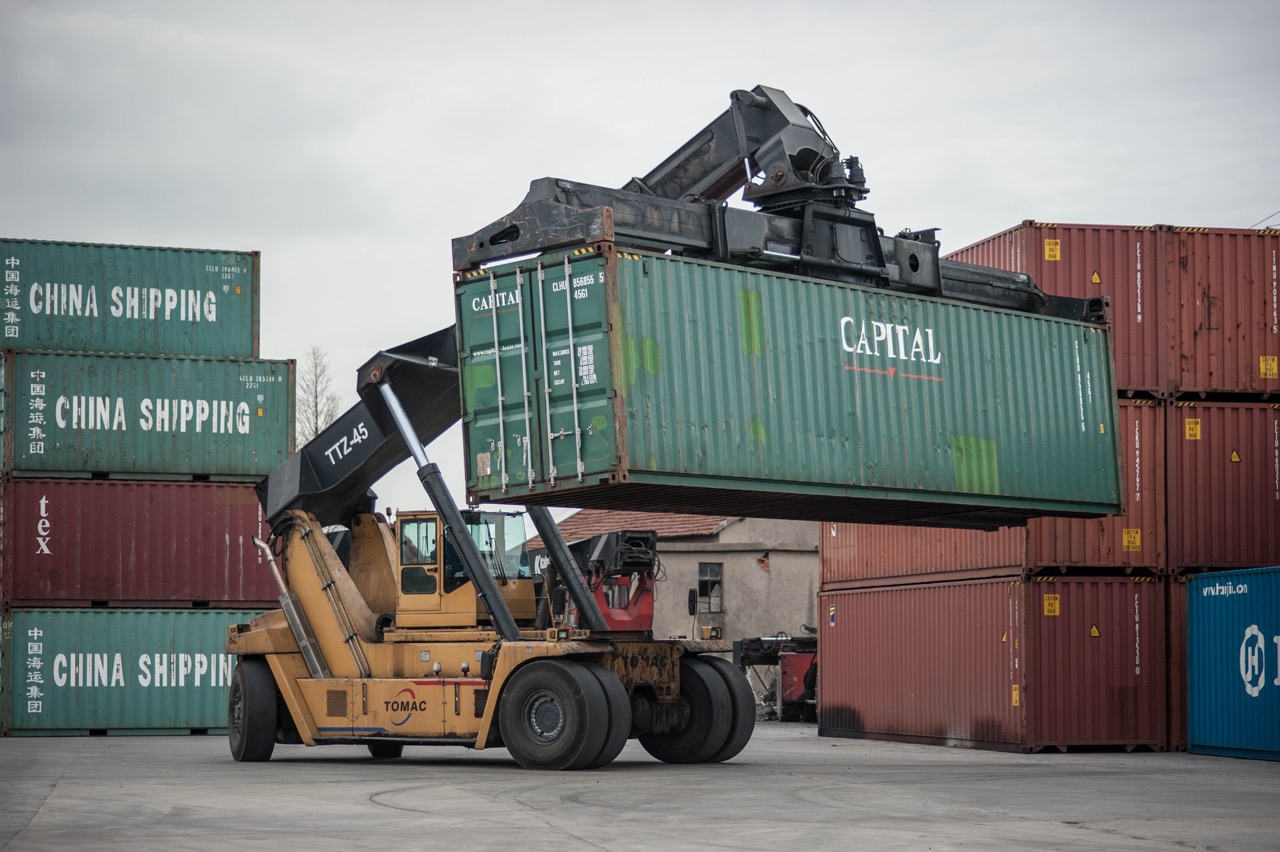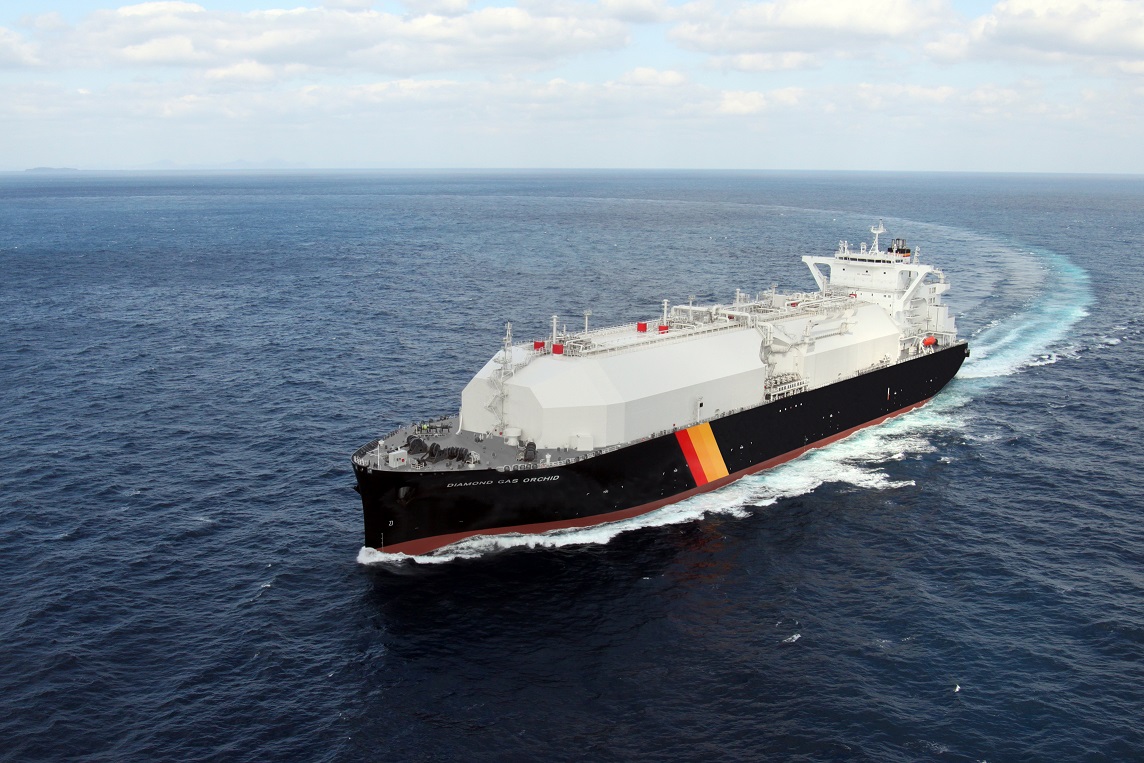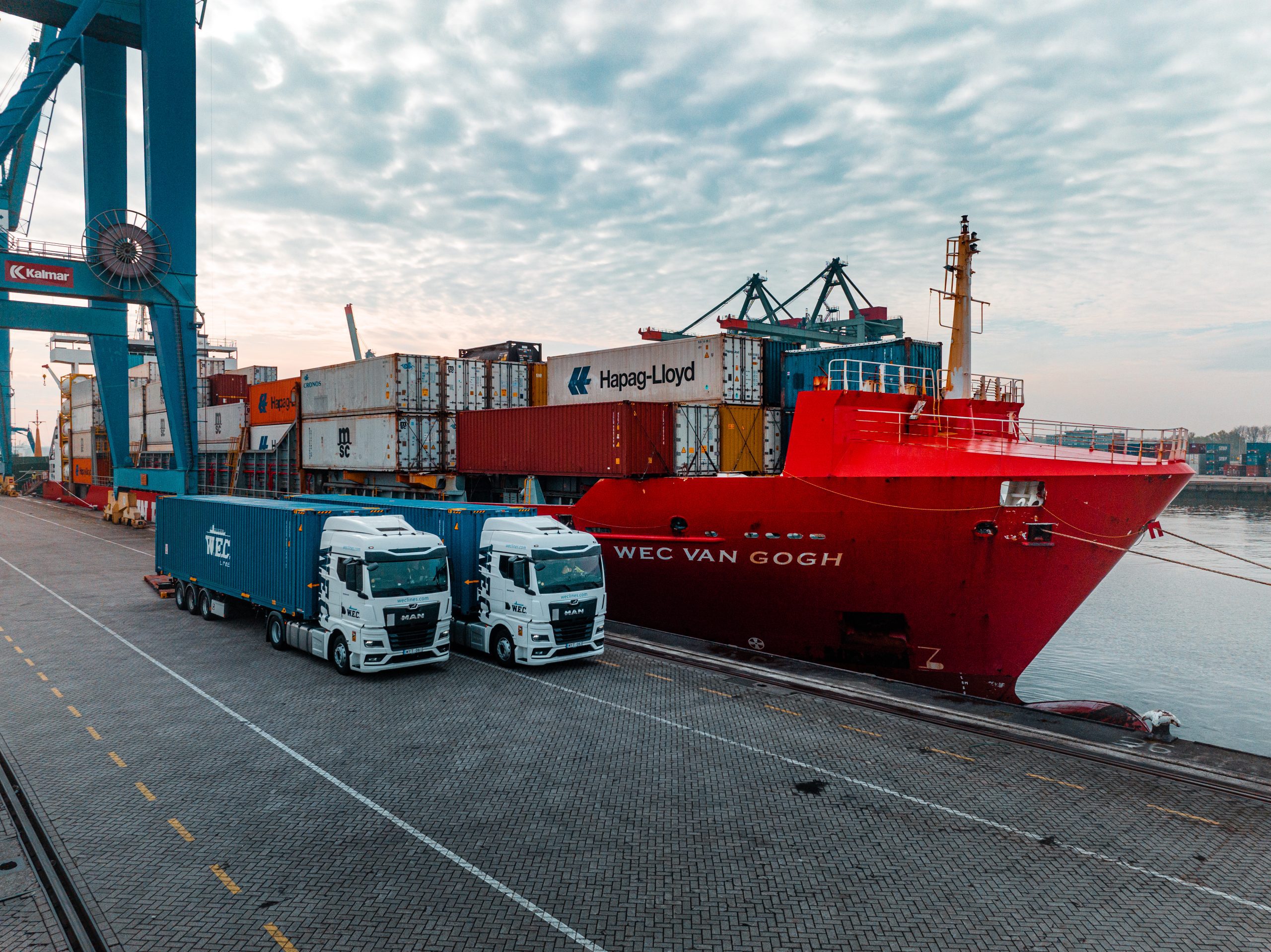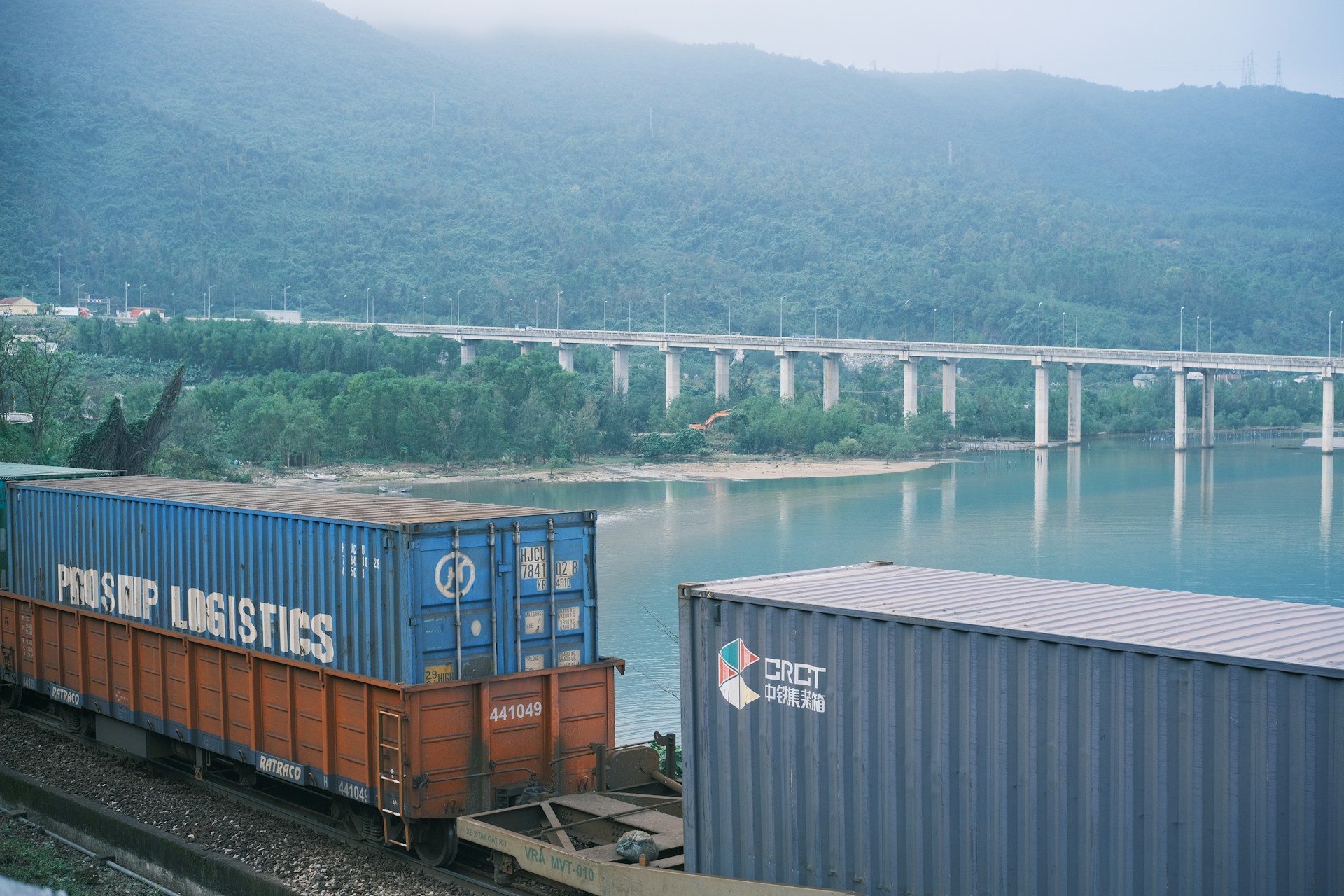The Middle Corridor JV will improve the competitiveness of the route
The Association, which includes the countries of the Trans-Caspian transport route, said that the Middle Corridor JV will start its activities in the middle of next year. Now the preparatory work is underway, and soon the first results of the project will be presented to the public. The joint venture will be established by representatives of Kazakhstan, Georgia, Turkey, and Azerbaijan, which are members of the TITR association.
The main objective of the project is to improve the Trans-Caspian route and expand its capabilities. The enterprise, which will control the operation of the Middle Corridor route, will simplify a number of important processes. Among them are cargo transshipment and transportation of different goods. In addition, the JV will help make the route smoother when crossing from one country to another.
One of the main issues for association members is to provide the necessary infrastructure for the corridor. This will allow the route to be easily integrated into international transport routes. Among the priorities of this direction, experts highlight the modernization of the railway line, which runs through the cities of Baku, Tbilisi, and Kars. This route has good potential, but in order to implement it, it is necessary to increase competitiveness. An important role is played here by the increase of the carrying capacity, the work on which is already actively carried out. Then the line will be able to become a full-fledged transportation route for Europe-Asia.
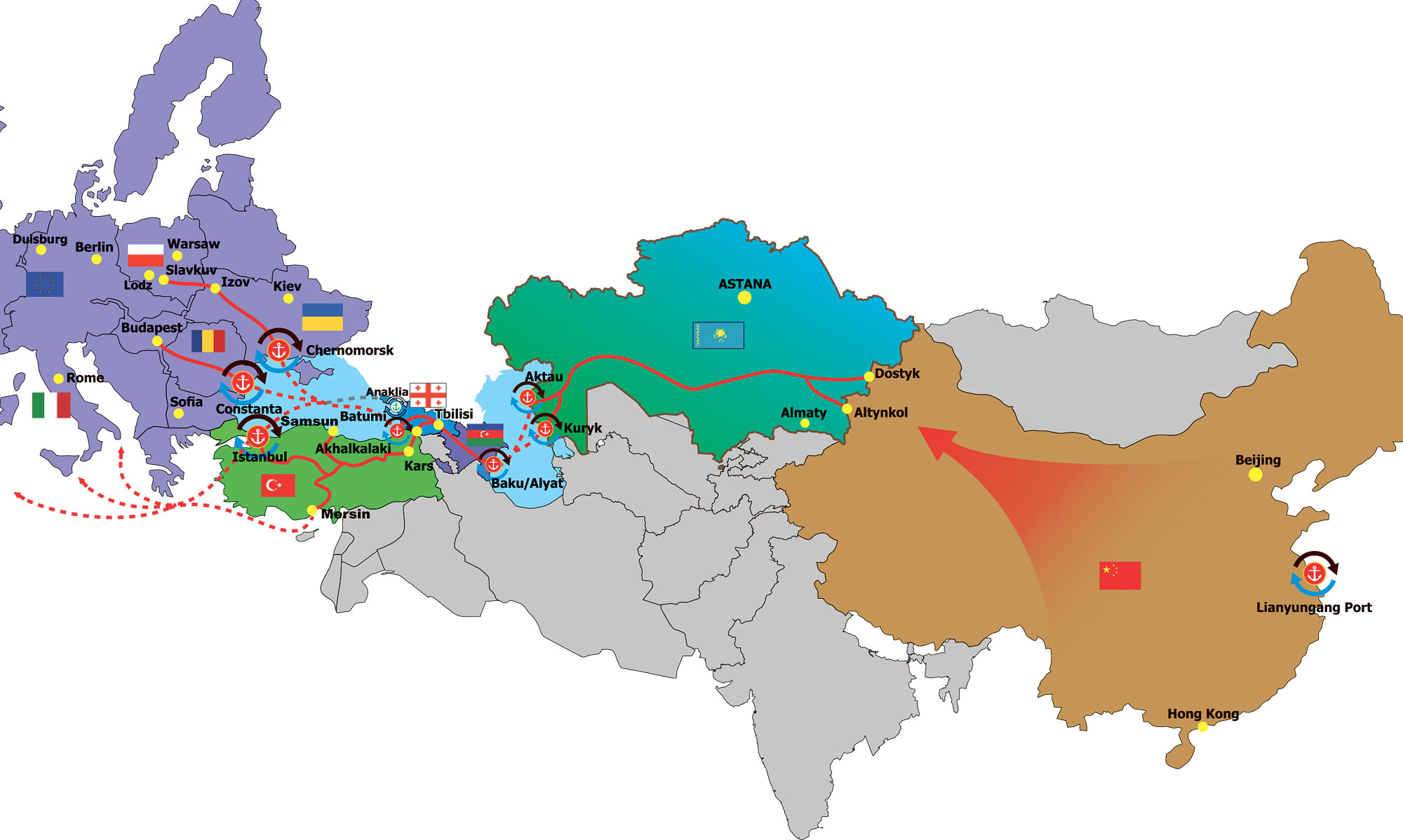
The new project from TITR will be able to offer customers international services for logistics routes and transportation of high quality. In addition, as part of the Middle Corridor activities, it is planned to introduce a modern IT platform, which will help to automate the processes of transportation and cargo tracking on the China-Turkey route. In addition, the innovations will simplify transportation and registration of goods in the Black Sea ports. In the future, the authors of the project intend to connect the routes with the INSTC corridor, which is responsible for the North-South direction and runs across the Caspian Sea. The implementation of this plan will increase the capacity of the route to the Arab countries through the Persian Gulf, as well as expand destinations for India and the states of East Africa.
It should be noted that last year the volume of rail freight transported along the Middle Corridor increased by 52%. According to forecasts, this figure should be even higher this year, as the demand for services of this route has increased significantly. Many operators see the corridor as an alternative to the international route from China to Europe. However, the Middle Corridor has a number of disadvantages that prevent it from fully replacing the New Silk Road. First of all, it concerns high rates, as well as limited opportunities for cargo transportation along this route. Association members hope that the creation of a joint venture and innovations will improve the route.

